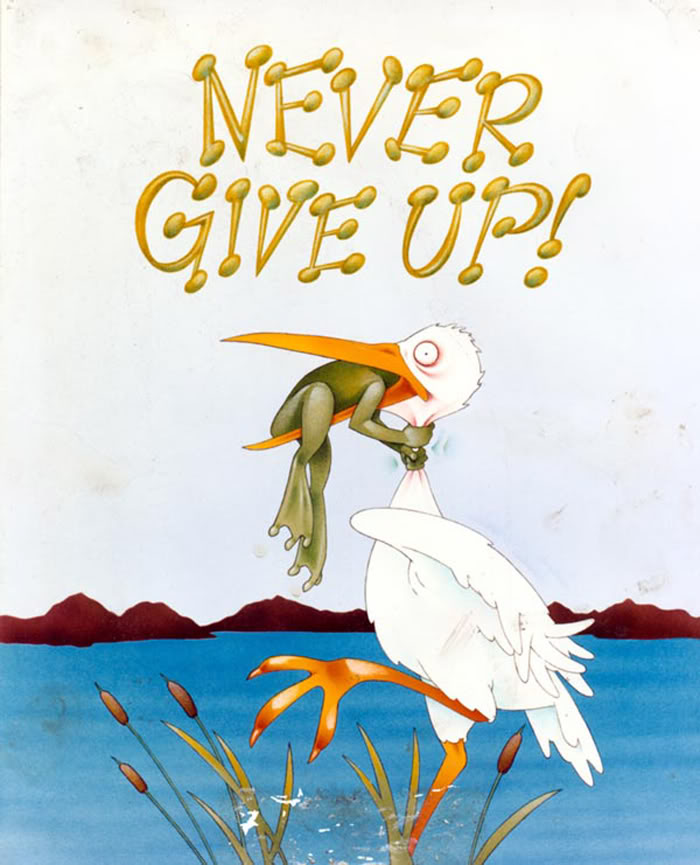
One of the most ecologically-valid rodent models of depression is the learned helplessness paradigm. You get a rat or a mouse and you confine it in a cage with an electrified grid. Then you apply mild foot shocks at random intervals and of random duration for an hour (which is one session). The mouse initially tries to escape, but there is no escape; the whole floor is electrified. After a couple of sessions, the mouse doesn’t try to escape anymore; it gives up. Even when you put the mouse in a cage with an open door, so it can flee to no-pain freedom, it doesn’t attempt to do so. The interpretation is that the mouse has learned that it cannot control the environment, no matter what he does, he’s helpless, so why bother? Hence the name of the behavioral paradigm: learned helplessness.
All antidepressants on the market have been tested at one point or another against this paradigm; if the drug got the mouse to try to escape more, then the drug passed the test.
Just like in the higher vertebrate realm, there are a few animals who keep trying to escape longer than the others, before they too finally give up; we call these resilient.
Perova, Delevich, & Li (2015) looked at a type of neuron that may have something to do with the capacity of some of the mice to be resilient; the parvalbumin interneurons (PAI) from the medial prefrontal cortex (mPFC). These neurons produce GABA, the major inhibitory neurotransmitter in the brain, and modulates the activity of the nearby neurons. Thanks to the ability to genetically engineer mice to have a certain kind of cell fluoresce, the researchers were able to identify and subsequently record from and manipulate the function of the PAIs. These PAIs’ response to stimulation was weaker in helpless animals compared to resilient or controls. Also, inactivation of the PAI via a designer virus promotes helplessness.
Reference: Perova Z, Delevich K, & Li B (18 Feb 2015). Depression of Excitatory Synapses onto Parvalbumin Interneurons in the Medial Prefrontal Cortex in Susceptibility to Stress. The Journal of Neuroscience, 35(7):3201–3206. doi: 10.1523/JNEUROSCI.2670-14.2015. Article | FREE FULLTEXT PDF
By Neuronicus, 21 October 2015



